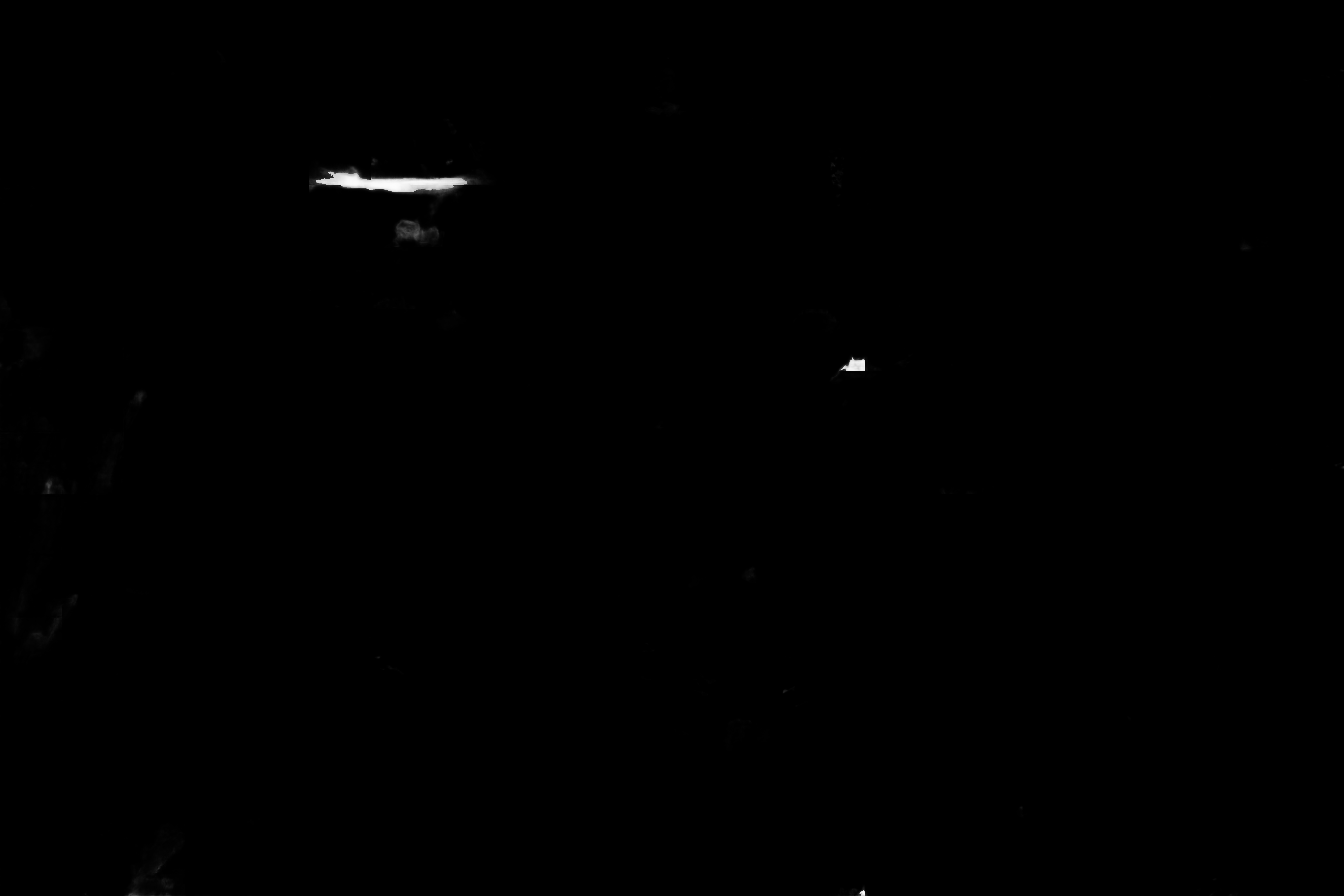ISS059-E-67743
| NASA Photo ID | ISS059-E-67743 |
| Focal Length | 170mm |
| Date taken | 2019.05.19 |
| Time taken | 11:25:04 GMT |
Country or Geographic Name: | BOLIVIA |
Features: | NEVADO SAJAMA, PARINACOTA VOLCANO, POMERAPE, LAGO CHUNGARA, CHILE |
| Features Found Using Machine Learning: | |
Cloud Cover Percentage: | 10 (1-10)% |
Sun Elevation Angle: | 5° |
Sun Azimuth: | 68° |
Camera: | Nikon D5 Electronic Still Camera |
Focal Length: | 170mm |
Camera Tilt: | 31 degrees |
Format: | 5568E: 5568 x 3712 pixel CMOS sensor, 35.9 x 23.9 mm, total pixels: 21.33 million, Nikon FX format |
Film Exposure: | |
| Additional Information | |
| Width | Height | Annotated | Cropped | Purpose | Links |
|---|---|---|---|---|---|
| 720 pixels | 480 pixels | Yes | Yes | NASA's Earth Observatory web site | Download Image |
| 5568 pixels | 3712 pixels | No | No | Download Image | |
| 640 pixels | 427 pixels | No | No | Download Image |
Shot by an astronaut onboard the International Space Station (ISS), this photograph highlights several snow- and ice-capped volcanoes as they cast early morning shadows over a mountainous region of Bolivia and Chile. Such long shadows often accentuate the three-dimensional sense of the landscape.
Nevado Sajama is an inactive stratovolcano that rises more than 6.5 kilometers (21,000 feet) above sea level, making it the highest mountain in Bolivia. It also stands 2.4 kilometers (7,800 feet) above the surrounding landscape. The low Sun angle in the morning casts a shadow about 20 kilometers long, nearly eight times the mountain's topographic relief.
Nevado Sajama is the centerpiece of Sajama National Park, Bolivia's oldest conservation land. The volcano and others in the area are part of the Andean Volcanic Arc, where volcanic activity is generated by the subduction of the Nazca Plate below the South American Plate.
The volcanoes west of Nevado Sajama (north is upper left in the image) delineate the border between Bolivia and Chile. Parinacota volcano is believed to still be active, though it has not erupted in recent recorded history. The lack of erosional features on its slopes - such as alcoves and steep valleys - implies that it is a geologically young surface.



